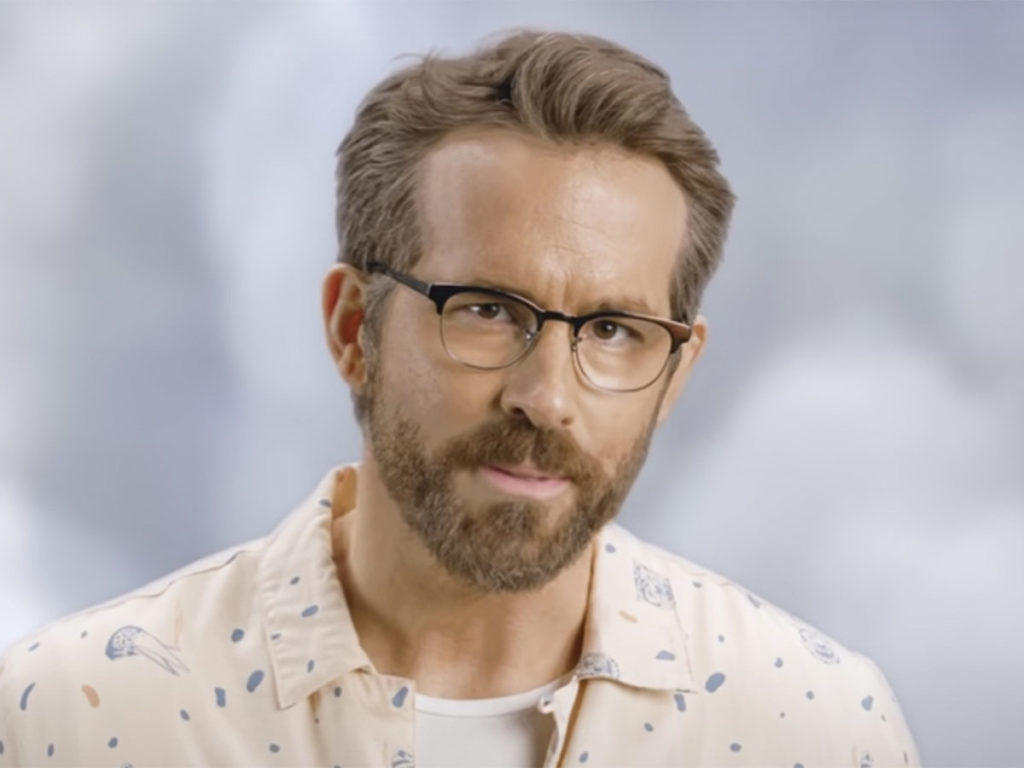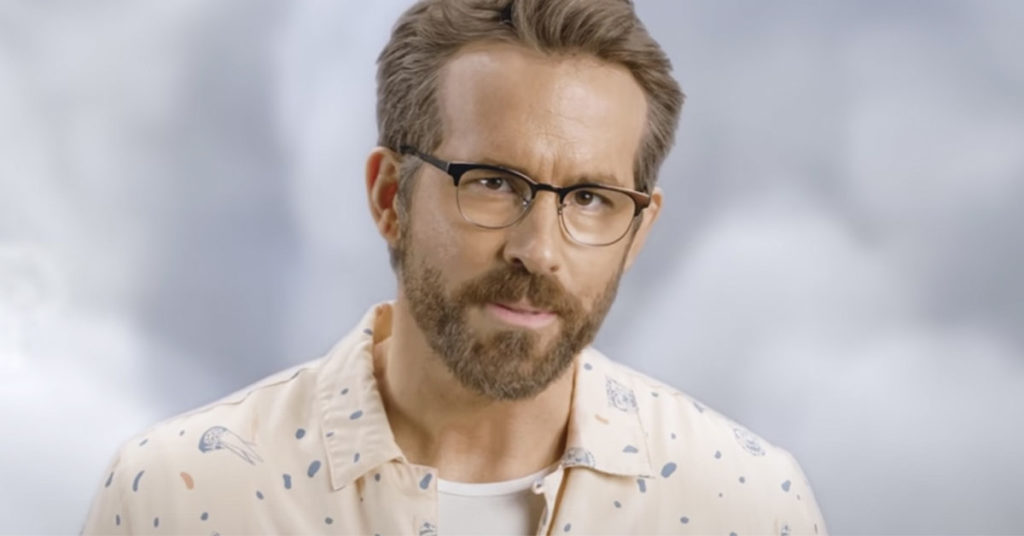Ryan Reynolds-Backed Firm MNTN Teams With David Lynch To Do a Super Bowl Commercial
by Frankie Karrer
2 Min Read
CES 2024: Stagwell (STGW) and MNTN Announce Partnership in Unified Performance SolutionsLearn More

3 Min Read

Ever since Maximum Effort Marketing launched in 2018, the agency has helped fuel the growth of co-founder Ryan Reynolds’ investments—such as Aviation Gin, which he sold to Diageo in 2020 for more than $600 million.
This week, the agency itself became an acquisition target, with performance TV platform MNTN adding Maximum Effort Marketing as its creative wing. Reynolds will become MNTN’s chief creative officer, while co-founder George Dewey retains his role as president of Maximum Effort Marketing. (Maximum Effort Productions, their Hollywood-focused sister company behind films like Deadpool 3, will remain independent.)
Merging into MNTN, an ad-tech platform focused on Connected TV, clearly gives Reynolds’ agency a wide range of new resources—but was an acquisition always the plan?
Adweek caught up with Reynolds and Dewey to learn more about how the deal came together and what’s next for Maximum Effort.
Adweek: Were you actively seeking a buyer for Maximum Effort Marketing, or did this arise organically?
Ryan Reynolds: As with all things Maximum Effort, this grew organically and quickly. As interest in our company has grown, we’d certainly been discussing what the next iteration of our company could look like with a few people, but this snuck up on us in the best possible way.
What’s the biggest benefit of this deal for Maximum Effort and its capabilities?
George Dewey: The biggest benefit is cultural. We wanted to grow but not in a way where it meant adding layers and pitches and processes that can sometimes take the joy and speed out of marketing.
In addition to having game-changing tech, MNTN likes to move fast and take risks. They have no interest in us becoming a large, global agency chasing AOR relationships—which is great because neither do we!
How did you get connected with MNTN?
Reynolds: Dana Settle at [venture capital firm] Greycroft introduced us. She’s a brilliant mind, and when we were discussing our growth strategies with her, she immediately thought of MNTN.
What does this deal mean for the distribution and reach of Maximum Effort’s ad content? I’m guessing it marks a big shift toward more paid placements and not so much dependence on organic sharing.
Dewey: We wanted to ensure we could always do breakthrough work in both earned and paid.
We’ve become well-known for our earned media efforts but we have just as much interest in doing paid. We just didn’t want to follow the traditional paid path—hourly billing, pitches, more and more headcount, etc.
To us, storytelling is storytelling, no matter where it’s happening, and brands are an amazing IP playground. We know not every brand can go viral every month, but that doesn’t mean every brand can’t become a compelling storyteller.
In the short term, does this open up a pool of new clients for Maximum Effort to create content for—those who were already working with MNTN, etc., or is that part of the future growth strategy?
Reynolds: It does open up a new client pool, and we’ll work with MNTN brands for sure. The important thing—always—is cultural fit and an agreement to not just default to the accepted wisdom of “what works.” We genuinely think connected TV presents a once-in-a-generation chance to redefine what a “TV ad” means, and we can’t wait to get to work.
How hands-on do you see yourselves being in these new roles, especially as the organization grows?
Dewey: Very. We’re going to be working very hard to grow a fast-turn creative agency that, if clients want, can deploy amazing tech for fast, transparent results. Or vice versa. We think of this as the Whole Foods/Amazon model. Yes, it’s the same company and there are benefits to using both but they’re also excellent solutions individually.
Learn More